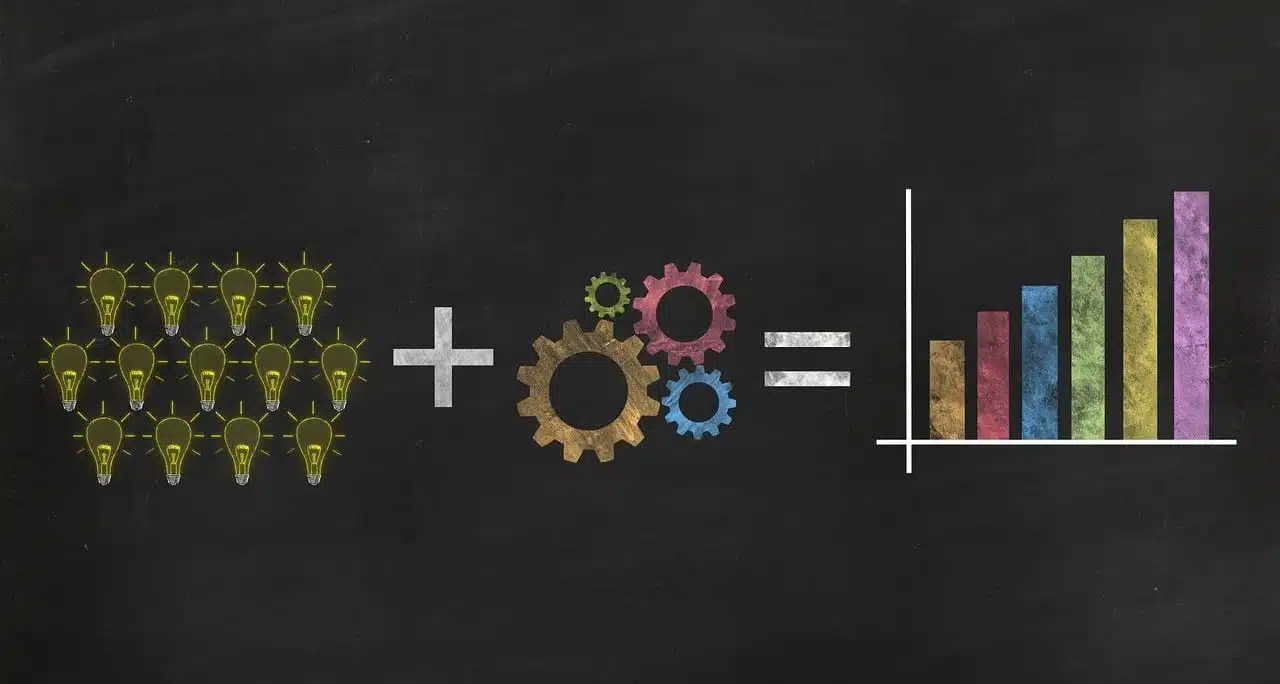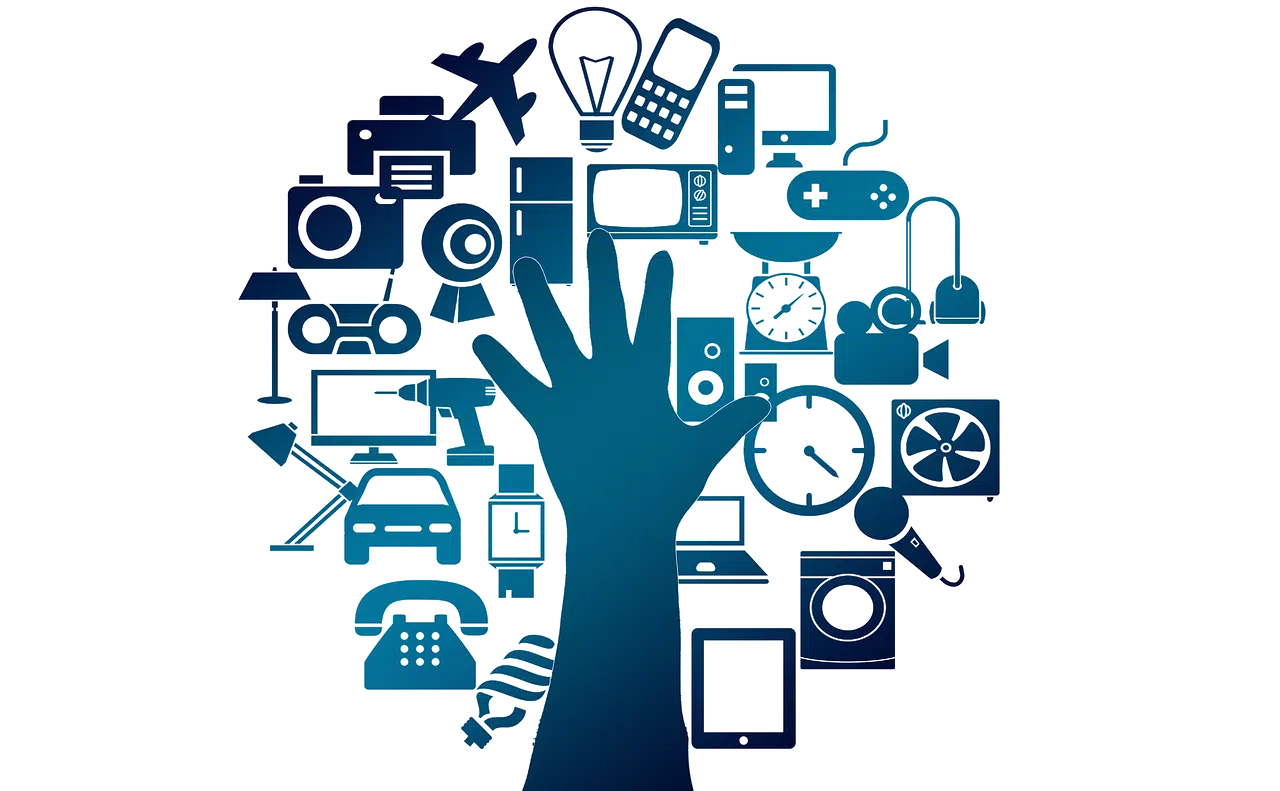
Through innovation you can create a successful business.
Innovation is a term originating from the Latin word innovatio . This is what the act and result of innovating is called: introducing new things , inventing.
Innovation is associated with creativity . It is a change or modification that involves the creation or implementation of something new . In this way, innovation also appears linked to progress.
Examples of innovation
Suppose a soccer coach develops a tactic that consists of using two defenders, two midfielders and six forwards in the team. This type of alignment had never been used at a professional level, therefore it can be said that it is an innovation of the technical director in question. If the tactic is successful, other coaches may begin to use it.
Let's now imagine that a manufacturer devises a television that detects when the user falls asleep and turns off automatically . This innovation can be very interesting as it allows you to save electricity , avoiding unnecessary consumption.

The Internet of Things is a very important innovation in recent years.
The concept in economics
There are numerous types of innovation, whose characteristics depend on the field. Technological innovation is one of the most frequent: it involves the introduction of changes in a technology that generate progress.
In the field of economics , the concept of innovation is related to the manufacturing or alteration of a product , which is then introduced into the market. It is usually considered that innovation produces wealth because it positions new items, opens or enlarges segments and can generate jobs.
Many companies , in fact, have innovation departments or centers , where technicians, scientists and professionals in general work to achieve changes that can even modify the entity's business model. It is also common for the State to encourage innovation due to the benefits it brings to society as a whole.

Developing a culture of innovation is important for the progress of a country.
Innovation and progress
In short, innovation is closely linked to the progress of humanity and opens the doors to important leaps in development. Depending on the point of view, the search for innovation is passive or active: in the first group are consumers who ask for revolutionary products, offering only their money in exchange; In the second are the companies that work incessantly to find these ideas and realize them.
It is very important to understand that innovation is not a simple phenomenon or easy to achieve. First of all, you can't force an innovative idea; It must arise spontaneously, even if it is as a result of constant research work. These brilliant ideas that mark milestones in history are rarities and usually take us all by surprise .
Difficulties in materializing ideas
It must be taken into account that even having had a brilliant idea it can be very difficult to carry it out. In the case of a commercial product, projects often arise that require more advanced technologies than existing ones or a budget much higher than what the company has under its belt.
But having the technological or economic means does not ensure that we can bring to market a product or service that becomes a true innovation, since many other potentially determining factors come into play in the process. Advertising and distribution are two of the main ones: a great book that no one reads cannot go down in history, even if it is a masterpiece superior to all the others (a question that, by the way, is subjective).
Lastly is the public's response, a variable that is not as easy to predict as some companies believe. Many times, a product that seems perfect brings a very cold reception from potential consumers, who ignore it and go in search of something different. If we are talking about a million-dollar investment, then the impact on the company will be regrettable. The error is probably not related to the product but to the way in which it has been presented to the market .
Innovation boost
Innovation always requires research and development . That is why, in the private sector, it is usually part of a business strategy : resources are needed to promote it.
It is important to consider that financing innovation is not an expense, but an investment . It can help a company differentiate itself from the competition, do new business or achieve digital transformation (implementing artificial intelligence solutions, big data, robotics, augmented reality , etc.).
Sometimes innovation contributes to sustainability . This happens, for example, if the use of renewable energies is adopted or problems related to the environment are resolved.
In other cases, the drive for innovation is oriented towards training. In this way, tools are applied for continuous training , which can promote online education . This contributes to the development of technical skills that contribute to the growth of the company and helps generate other knowledge and procedures that, in one way or another, are engines of progress.
